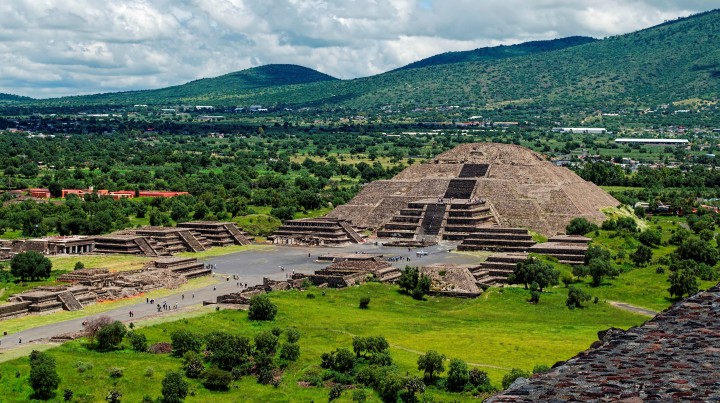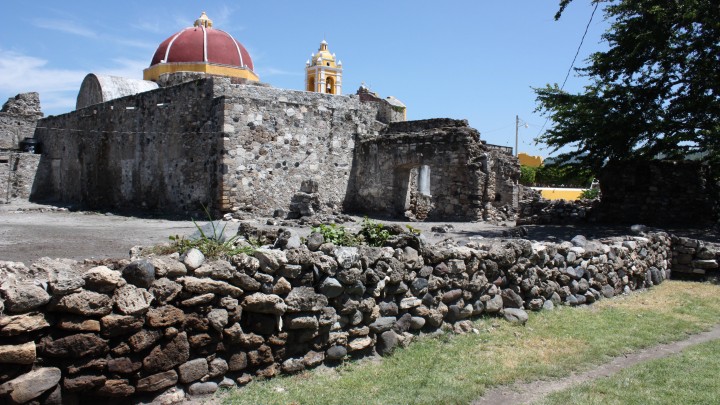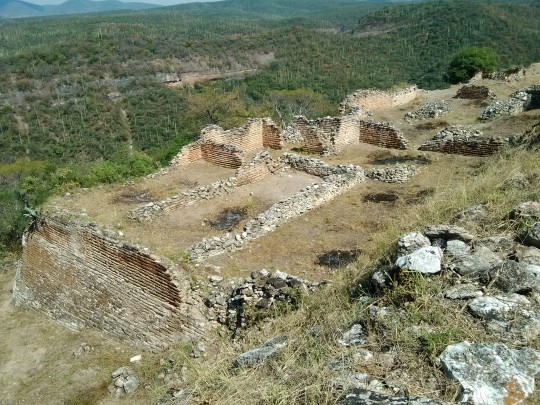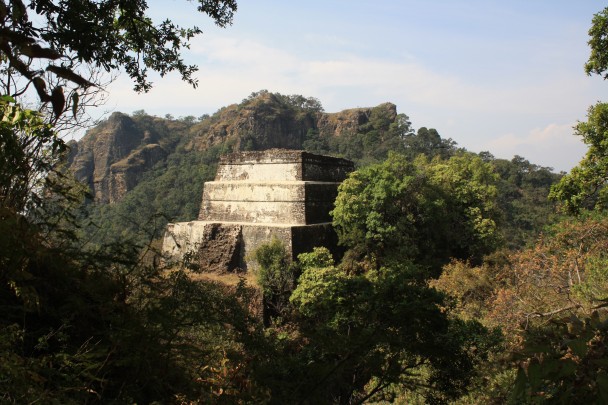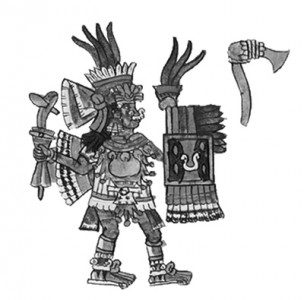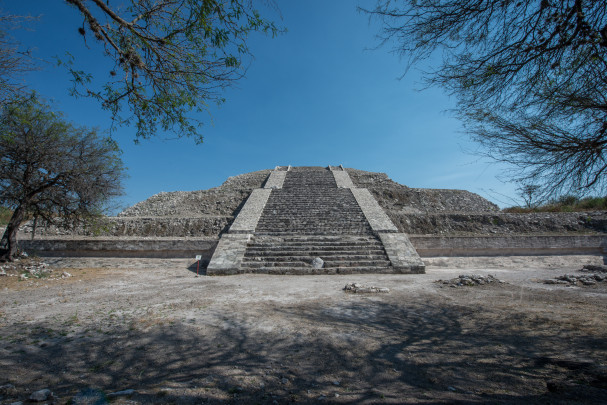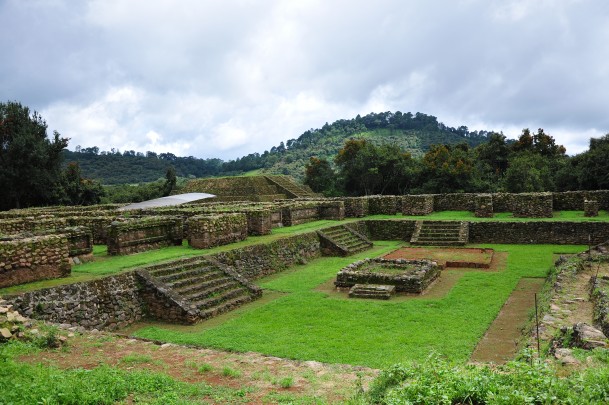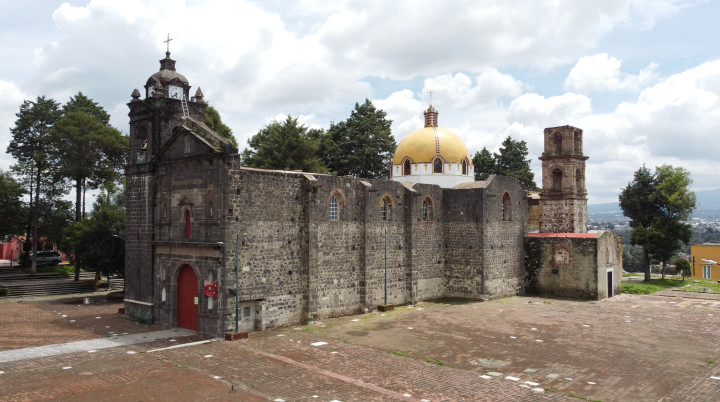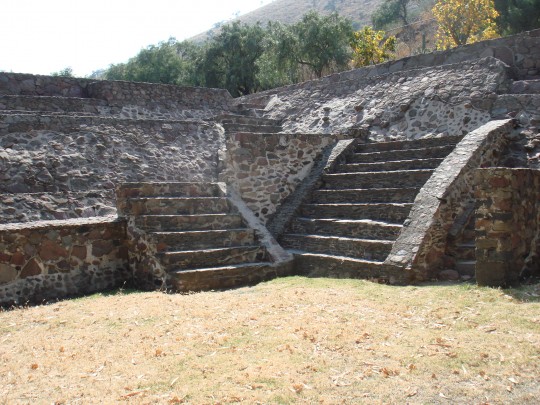189 Sites
The great Mesoamerican city was at the heart of politics, the economy, trade, religion and culture. Its influence reached such distant places as Tikal. The city of Teotihuacan was placed on the UNESCO World Heritage List in 1987, owing to the outstanding value of its monumental building complexes, mural paintings and living areas.
Estado de México
Conquered by the Mexica in the fifteenth century, this site served as a garrison and point of communication with the powerful Itzocan kingdom, on the route to the Mixteca region. The archeological zone occupies a small area, with traces of platforms beneath some nearby houses. A Calvary chapel was constructed over the principal building in the seventeenth century, and parts of these walls remain.
Puebla
A military fortress built on the upper part of a hill, flanked on three sides by precipitous ravines. Distinguished by its formidable surrounding stone wall. Administrative center of one the most important Popoloca domaines (1200-1500 AD), with monumental architecture.
Puebla
Administrative center of the domain of Tepoztlán, perched high in the sierra of the same name, the construction of houses, palaces, temples and housing complexes was started around 1200 AD. Here they worshipped Ometochtli-Tepoztecatl, god of pulque, fertility and the harvest. A superb view of the surrounding valleys.
Morelos
The site is thought to have been a key settlement of the pre-Hispanic period in terms of its interactions with the central area, the Gulf and Oaxaca. The site is in the south of Puebla and has architectural features similar to Teotihuacan, as well as sharing cultural traits with Tehuacan and the Mixtec region.
Puebla
A place of great beauty, popularly known as “Nezahualcoyotl’s Baths” (1421-1521 AD). Designed by the famous poet king of Texcoco, it is said he came here to fast and meditate. Remarkable for its water works (aqueducts, pools and canals).
Estado de México
Settlement prior to the peak of the Tarasco domain, much influenced by Teotihuacan. Large platforms, ball court, numerous chambers and tombs with rich offerings portray the life of this town. Located between Pátzcuaro and Uruapan, there is still much to be discovered.
Michoacán
The remains found in this archeological zone include two polychrome altars depicting the gods Mictlantecuhtli, Tezcatlipoca and Camaxtli, principal deity of the Tlaxcaltecas.
Tlaxcala
A very ancient site in the Valley of Mexico, on the shore of Lake Chalco, which is practically dry today. It was one of the earliest ceremonial centers in Mesoamerica. Human remains from the site date back 25,000 years and the site is famous for its small female clay figures.
Estado de México

